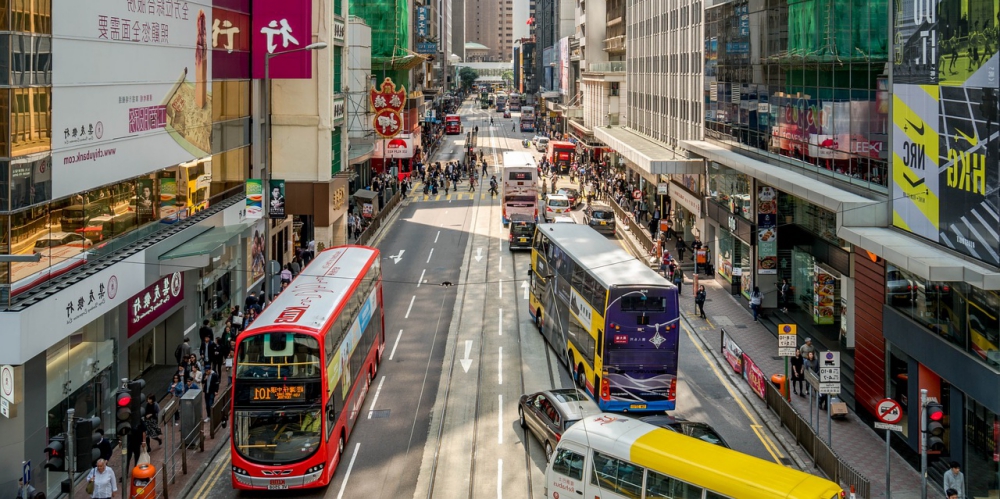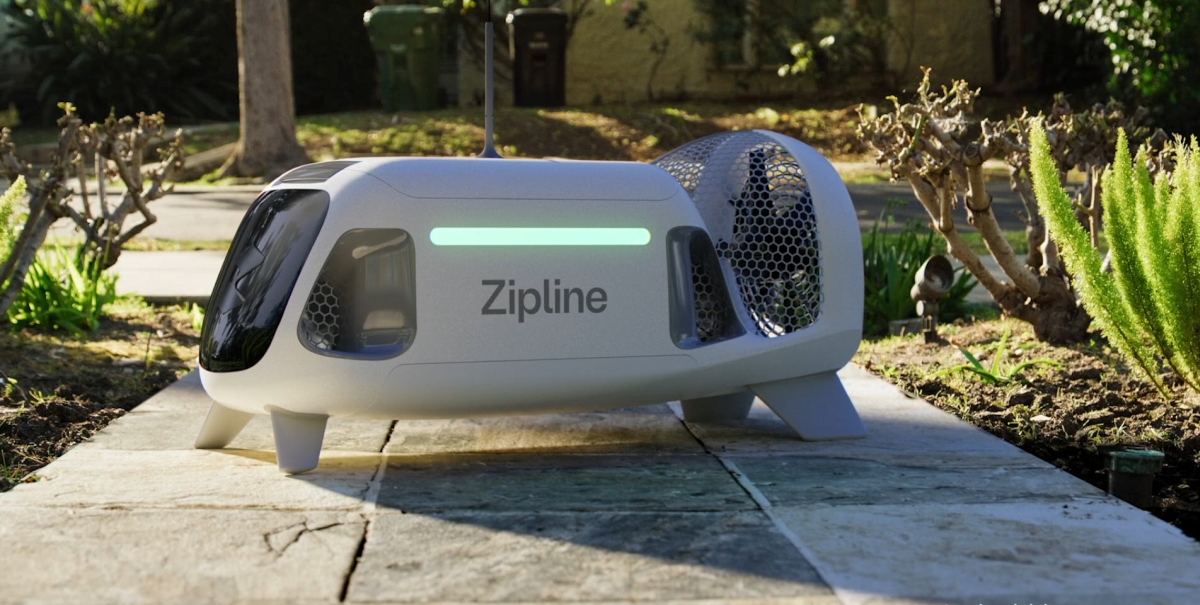
Try as they might, businesses can’t control everything that affects them. Stock markets, government regulations, labor laws and myriad other outside forces – powerful, invisible entities that pull the strings like Zeus up on Mount Olympus – dictate the way a company runs and how it evolves.
Costs and spending trends are no different. A multitude of economic factors goes into how people spend their money, which in turn influences how businesses behave.
For businesses that have mobile workforces and vehicle programs – whether a fleet, company car or reimbursement program – as part of their operations, this means that every fluctuation of fuel costs, driving trends and vehicular habits ultimately impacts them.
A number of rising trends will influence businesses with mobile workforces in the coming year, including increasing depreciation, rising new vehicle prices and declining residual values.
Depreciation Will Increase
Over the past 12 months, depreciation accounted for 36.8 percent of the total cost to own and operate a vehicle. This is a slight year-over-year increase, but is higher than two years ago, when depreciation accounted for 35 percent of total costs.
Rising vehicle prices will partially offset the impact of this trend. Depreciation is expected to increase 1 to 1.5 percent as a result, starting slowly (less than half a percent over the next few months) and increasing as the year continues.
As depreciation increases, resale value will fall, meaning businesses with fleets and company cars will get less return on their investment when it comes time to resell or trade in their vehicles.
Residual Values Will Drop
Residual values will decrease over the next 12 months by 2 to 3.5 percent as inventory in the used vehicle market steadily increases.
In 2017, the average sale price for a used vehicle dipped below levels not seen since 2011. This continues a trend of declining residual values over the past three years. When the Great Recession, which began in December 2007 and was at its height in 2009, disrupted new vehicle sales, residual values increased because people started keeping their vehicles longer.
This created pent-up demand for new vehicles that helped drive record sales volumes once people felt the economy had straightened out and their finances were back to normal. The surge in new vehicles purchased post-Great Recession now are aging out, and are being sold as used vehicles. Due to the law of supply and demand, there is now a glut of used cars on the market, which will drive the price of that commodity down.
In business vehicle programs, residual value is a major contributor to capital costs, working as a handshake with the upfront costs. A decrease in residual values means business won’t get as much resale value for cars they bought new if they sell them in the next few years, which is an important budgetary planning consideration.
New Vehicle Prices are on the Rise
The overall average price of a new vehicle will increase moderately over the next 12 months by 1 to 2 percent. While production costs for new fuel efficiency and safety features continue to rise, new vehicle sales are expected to decline. Automakers will limit price increases in order to sustain demand.
New vehicle prices in the United States have risen steadily since 2012, with the 2017 average transaction price equal to $34,903.
As the price of new vehicles goes up and resale value goes down, it costs buyers more money in the long run – over the total life of the car – when they sell a vehicle and/or trade it in. This means mobile workforce businesses will pay more over the long term to replace their fleet or company vehicles.
About the author: Ken Robinson is a market research analyst with Motus. Robinson can be reached at [email protected]
Edited by
Ken Briodagh





